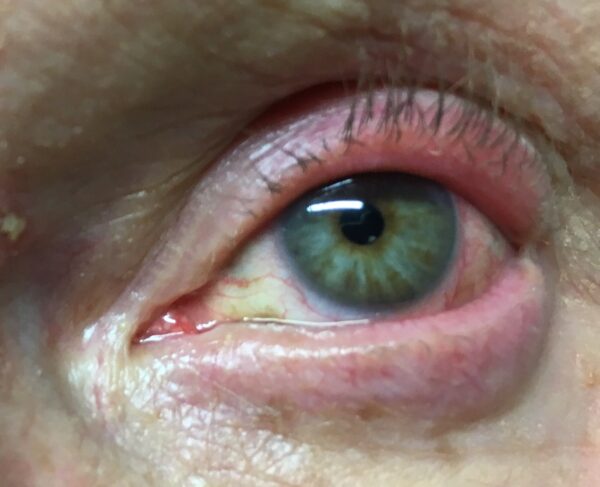Visual stress
We all know the symptoms of visual stress
Headaches, sensitivity to light, difficulties whilst reading or writing, feeling fatigued, impaired depth perception or general malaise. Many sufferers can’t overcome the symptoms, because they don’t know how to deal with them.
The discovery of visual stress
Over 20 years ago the internationally recognized scientist and expert Helen Irlen from California found methods to support children, as well as adults, with reading disabilities. She modified and developed her findings over the following years until she had her method patented. She also founded her own Irlen Institute. Dr. Doris Safra in St Gallen is a doctor who is familiar with the Irlen method here in Switzerland.
The Irlen syndrome
The Irlen syndrome is a birth defect of the cognitive ability within the eye sight, where the brain is unable to process certain wavelengths. This results in an over sensitivity towards one or more frequencies of the light spectrum and therefore causes visual stress. The sufferers can’t understand their problems because they haven’t got anything to compare it to.
Visual stress in children
-
Low school marks in reading and writing compared to their peers
-
Hyper-sensitivity to light
-
Reduced depth perception and/or problems with balance
-
They might complain about bad eyesight, even though the specialist tells them the opposite
Visual stress in adults
-
Migraines
-
Difficulty looking directly into other people’s eyes
-
Feeling of fainting
-
General malaise
-
Excessive fatigue
The solution
Since this problem roots from hyper sensitivity to one or several frequencies of wavelength within the light spectrum, it can be solved by removing certain light wavelengths. This can be achieved by using specially tinted lenses. The aim is that sufferers see their surroundings normally rather than too colourful.
Conclusion
The Irlen method isn’t widely known or used in Europe yet, even though it has already helped over 1 million patients world wide. The following figures published by the Irlen Institute paint a clear picture:
-
12-14% of the world’s population is affected
-
46% are people that suffer from a reading and/or writing disability
-
33% are ADHS patients
-
33% are autistic
-
55% are patients with a head injury, concussion or whiplash injury












